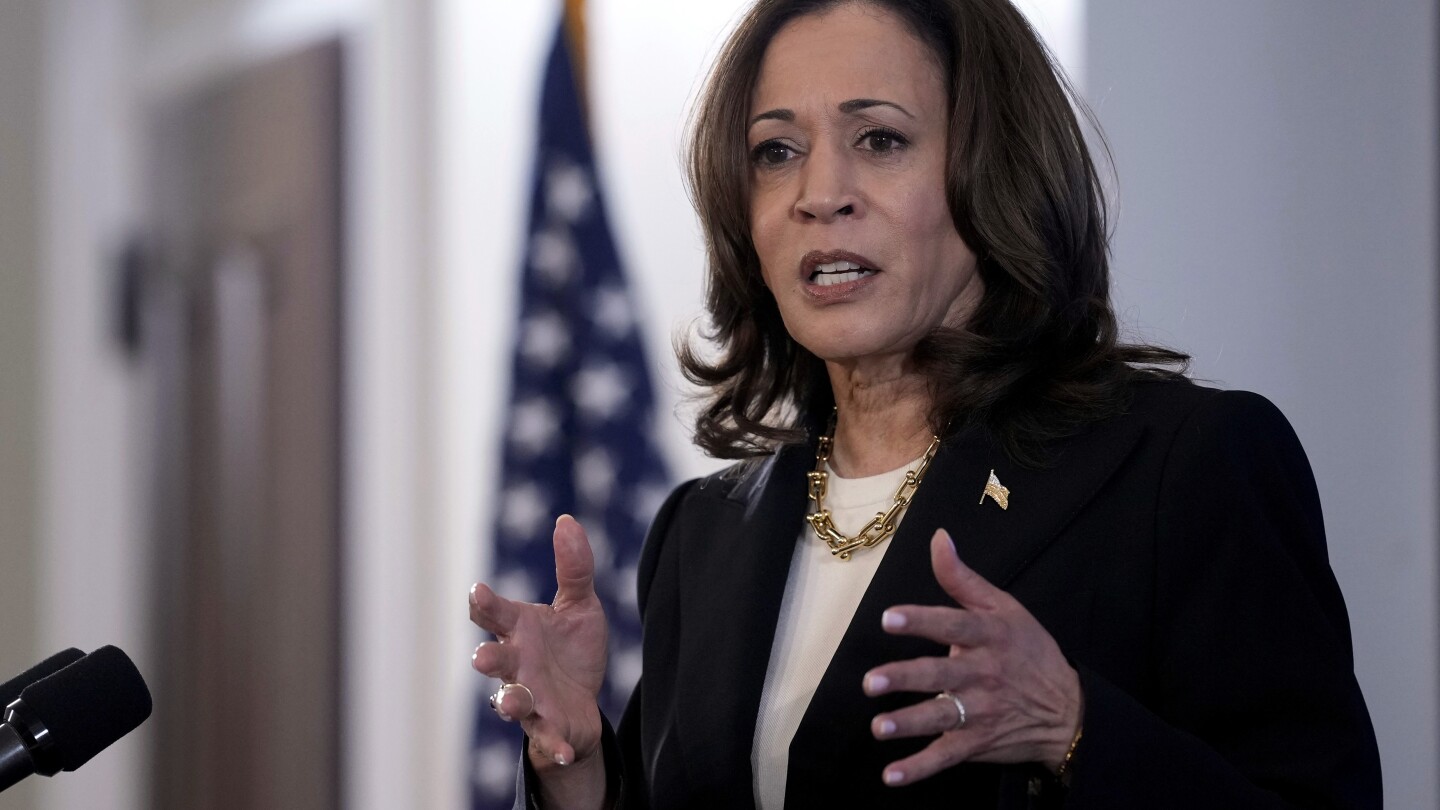Kamala Harris has a new advertising push to draw attention to her plan to build 3 million new homes over four years, a move designed to contain inflationary pressures that also draws a sharp contrast to Republican Donald Trump’s approach.
Harris, the Democratic nominee for president, highlights her plan in a new minute-long ad that uses her personal experience, growing up in rental housing while her mother had saved for a decade before she could buy a home. The ad targets voters in the swing states including Arizona and Nevada. Campaign surrogates are also holding 20 events this week focused on housing issues.
In addition to increasing home construction, Harris is proposing the government provide as much as $25,000 in assistance to first-time buyers. That message carries weight at this moment as housing costs have kept upward pressure on the consumer price index. Shelter costs are up 5.1% over the past 12 months, compared to overall inflation being 2.9%, according to the Bureau of Labor Statistics.
“Vice President Harris knows we need to do more to address our housing crisis, that’s why she has a plan to end the housing shortage” and will crack down on “corporate landlords and Wall Street banks hiking up rents and housing costs,” said Dan Kanninen, the campaign’s battleground states director.



This does nothing to address the root cause of housing price increases. Black rock will buy 2.5 million of these homes.
The way you address that is build 3 million homes, and rent them out at rates 60% lower than market rate, rather than sell them.
This does not increase ownership, no. But it does force landlords to compete. Why rent from slumlord Paladino, when I could rent a new unit from the US government at half the price?
Exactly this. We already have enough empty dwellings between homes, apartments, condos, etc to house our unhoused population. The issue is affordability, not amount.
Man I want to live right where I’m at but everything is an air BNB
this is storytelling. it is not science.